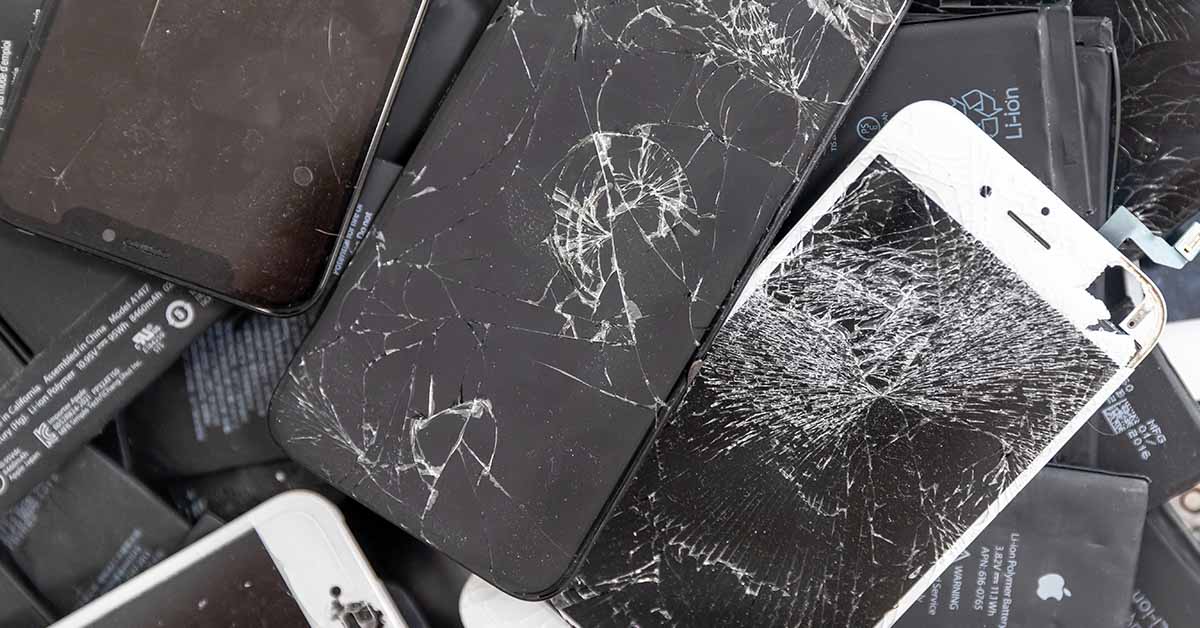Apple, known for its innovative and high-tech products, has recently added another popular iPhone model to its ‘obsolete’ list. This designation means that the device will no longer receive hardware service from Apple or authorized service providers. Here’s a closer look at what this means for users and a breakdown of each model now considered obsolete.
What Does ‘Obsolete’ Mean?

When Apple declares a product obsolete, it means that the company has discontinued all hardware services for the device, and service providers cannot order parts for it. Typically, Apple products become obsolete ten years after they are no longer sold. This policy applies not just to iPhones but also to MacBooks, iPads, iPods, and Apple Watches.¹
Read More: Teen Almost Dead After Phone Charger Accident Leaves His Neck Scarred With 4th Degree Burns
iPhone 5s: The Latest Addition
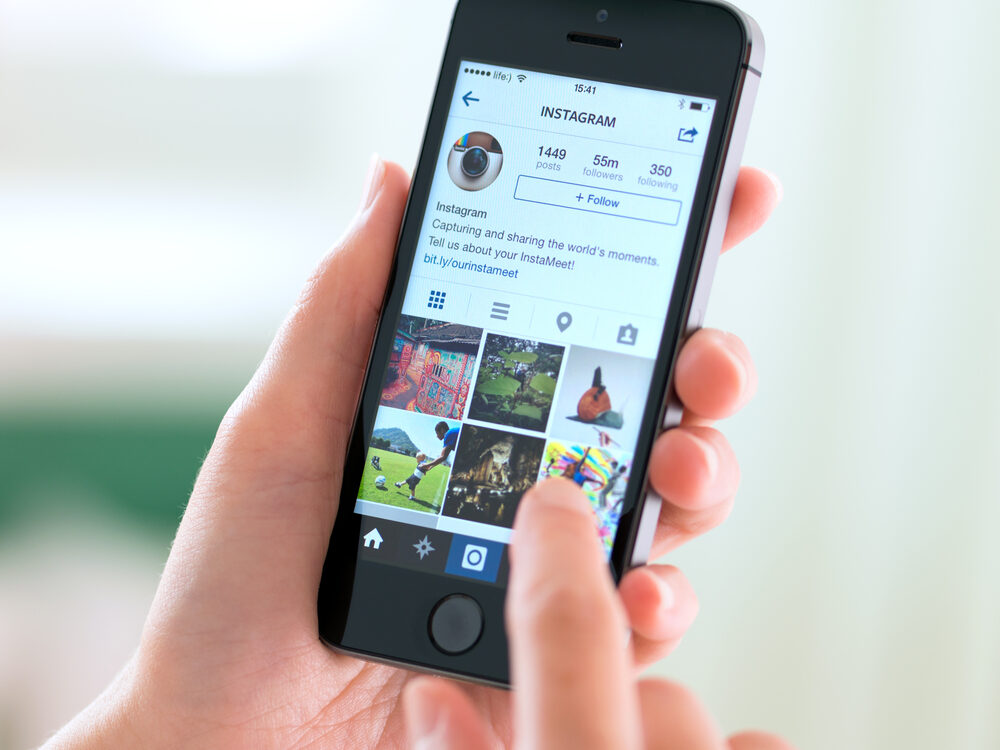
The iPhone 5s, released in 2013, was recently added to Apple’s obsolete list. This model was iconic for its time, introducing features such as the Touch ID fingerprint sensor and an improved camera compared to its predecessors. Despite its popularity, the iPhone 5s no longer receives hardware support from Apple. So, if your device breaks, it will stay that way.
The 5s marked a significant upgrade from the iPhone 5, with its 64-bit architecture and the M7 motion coprocessor. These features set the stage for future developments, making it a beloved choice for many Apple users.²
iPhone 6 Plus
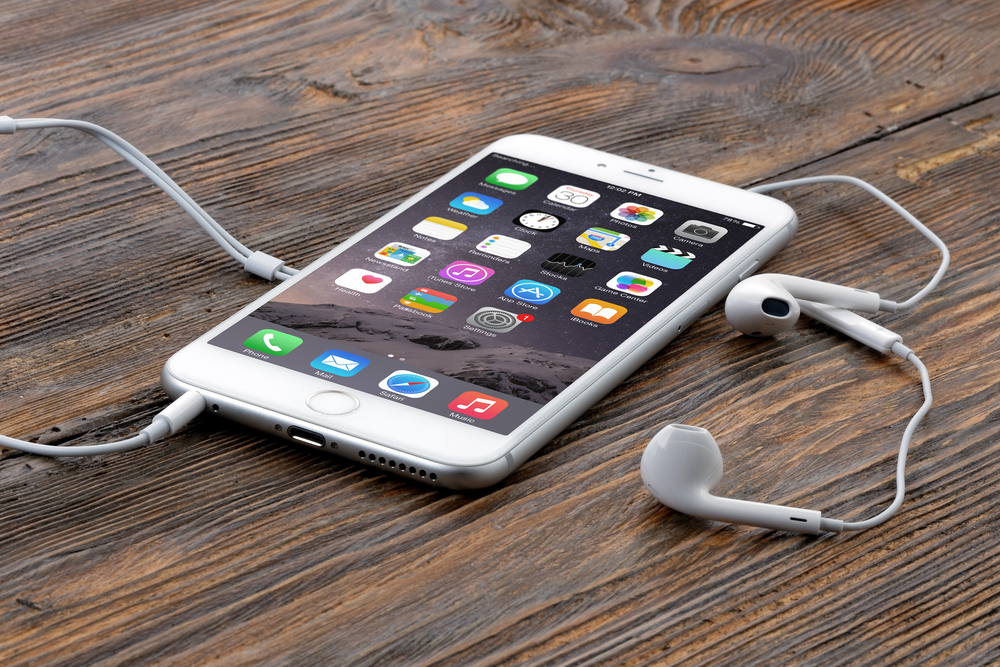
The iPhone 6 Plus, also on the obsolete list, was Apple’s first step into the ‘phablet’ market with its 5.5-inch display. Released in 2014, it was lauded for its larger screen and improved battery life. However, its larger size also brought challenges, such as the infamous “bendgate” controversy where the device was prone to bending under pressure.
With the 6 Plus declared obsolete, users will no longer be able to get parts or repair services from Apple. This model had a good run but has now reached the end of its support life.
iPhone 3G and 3GS
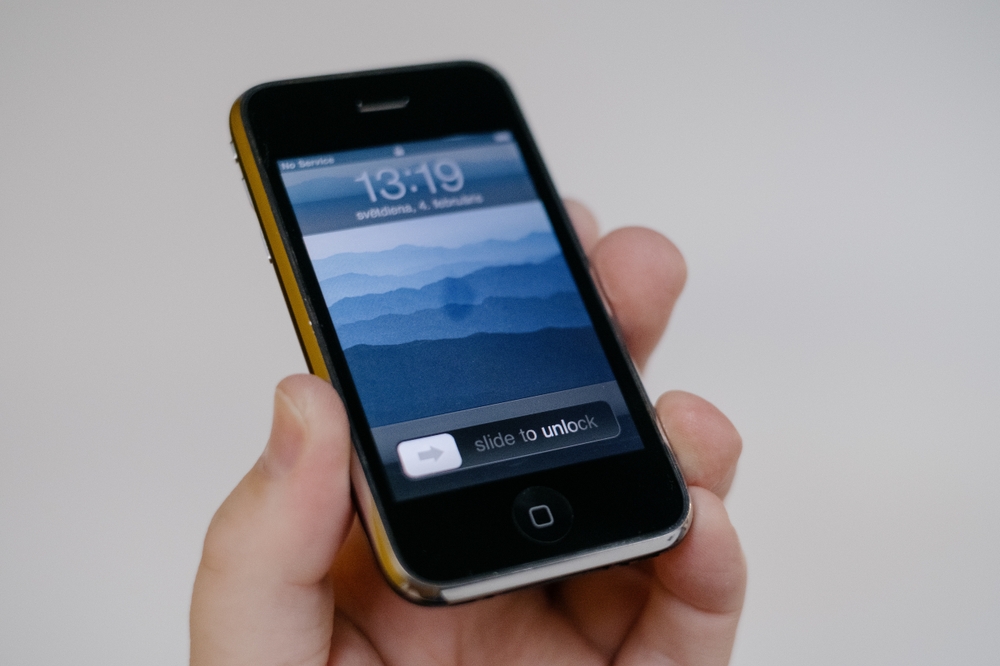
The iPhone 3G and 3GS, released in 2008 and 2009 respectively, were among the first to offer 3G connectivity and the App Store. These models played a crucial role in establishing the iPhone as a dominant player in the smartphone market.
The early models are long past their prime and have been on the obsolete list for several years. They no longer receive software updates or hardware support, making them relics of Apple’s technological past.
iPhone 4 and 4S
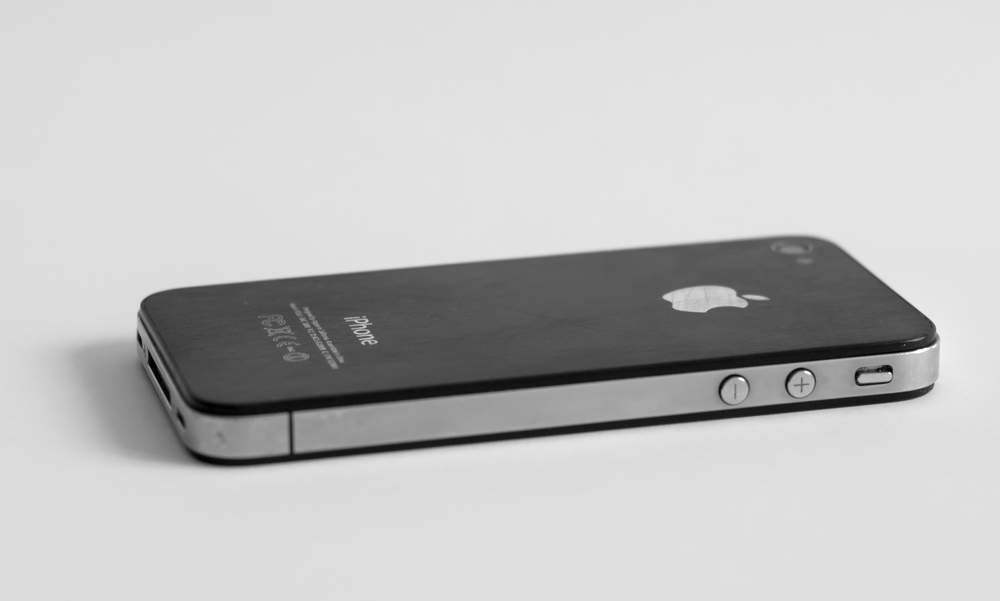
The iPhone 4, introduced in 2010, brought a major design overhaul with its glass and stainless steel construction. The phone, released in 2011, introduced Siri, Apple’s virtual assistant, which became a hallmark feature.
Both the iPhone 4 and 4S have been declared obsolete. Their innovative designs and features set new standards for smartphones at the time but now, they are no longer supported by Apple.
Read More: The Real Cell Phone Risk Almost No One Talks About – And It’s Not Radiation
iPhone 5C
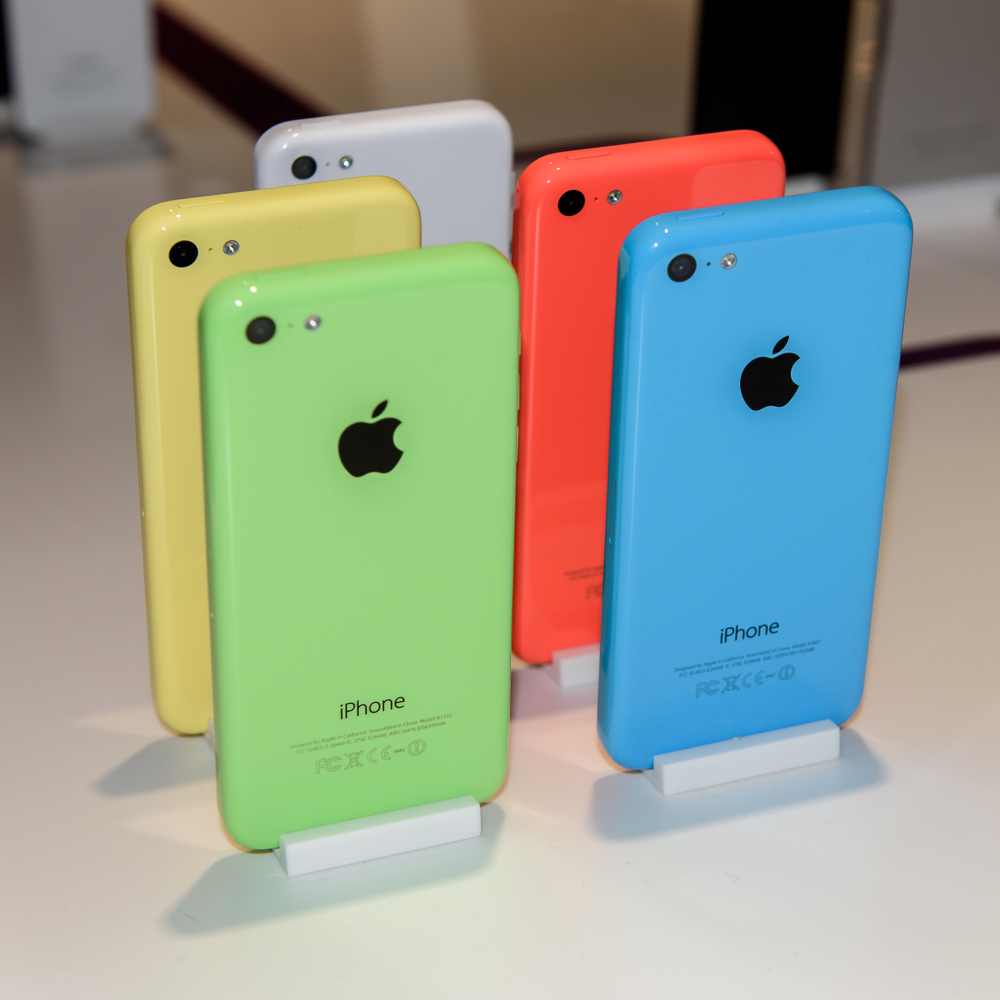
The iPhone 5C, released in 2013 alongside the iPhone 5s, was notable for its colorful plastic exterior and lower price point. It was aimed at a younger, more budget-conscious demographic.
Despite its initial popularity, the 5C is now obsolete. It no longer receives updates or hardware support from Apple, marking the end of its lifecycle.
The Impact on Users

For those still using these older iPhone models, the declaration of obsolescence means it’s time to consider upgrading. Without hardware support, any issues with these devices can’t be officially repaired. This lack of support can be particularly problematic if the device is a primary communication tool.
Most iPhones receive between six and eight years of software support before becoming obsolete. This ensures that users can benefit from the latest features and security updates for a considerable period before needing to upgrade.
While upgrading to a new iPhone can be expensive, it’s often necessary to ensure continued functionality and security. Users may need to budget for these periodic upgrades to stay current with technology and avoid potential disruptions.
Conclusion

Apple’s declaration of obsolescence for various iPhone models underscores the rapid pace of technological advancement. While it’s nostalgic to hold on to older models, it’s essential to stay updated with newer technology to ensure reliability and security. If you’re using one of the models listed as obsolete, it might be time to consider investing in a newer device.
Read More: Man Suffers Rectal Prolapse After Playing Phone Games On Toilet
